
5G Product DFS Dynamic Frequency Selection Testing
Currently, among the IEEE 802.11 series of standards, there are four that pertain to the physical layer: 802.11a, 802.11b, 802.11g, 802.11n, and 802.11ac. Based on these different physical layer standards, WLAN devices are typically categorized accordingly, such as 802.11b WLAN devices, 802.11a WLAN devices, etc.
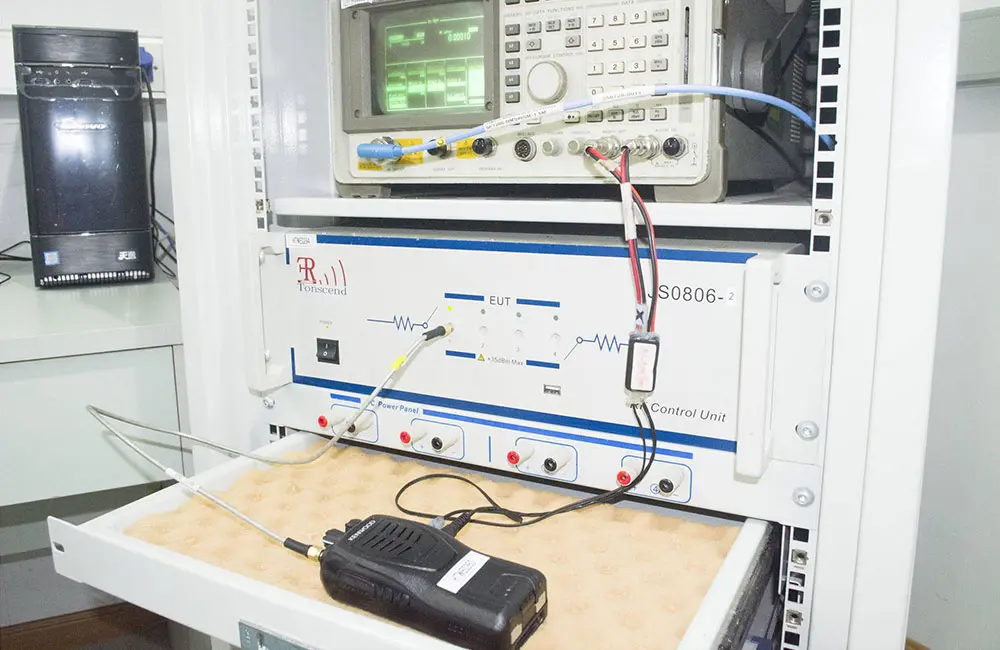
The 802.11a standard operates in the 5GHz frequency band (in the U.S., this includes the U-NII bands: 5.15–5.25 GHz, 5.25–5.35 GHz, 5.475–5.725 GHz, and 5.725–5.825 GHz). It uses OFDM (Orthogonal Frequency Division MULtiplexing) technology and supports data rates of up to 54 Mbps.
WiFi DFS Introduction
DFS (DynaMIC Frequency Selection) is a feature defined in the 802.11a standard, which utilizes the 5GHz frequency band. While this usage poses no issue in the United States, it has faced strong opposition in Europe. This is due to the fact that European military radar systems widely use the same frequency range—especially those used to detect stealth aircraft.
To address these security concerns, WLAN products sold in Europe are requiRED to implement two key features: TPC (Transmit Power Control) and DFS (Dynamic Frequency Selection). TPC ensures that the wireless device does not emit excessive power that might interfere with military radar. DFS enables the device to detect if the frequency is being used by radar and automatically switch to a different, unoccupied channel to avoid interference. Additionally, DFS helps avoid overlapping with other WLAN networks and optimizes spectrum utilization. These two features are mandatory; products that do not comply with the standards cannot be legally marketed within the EU.
Test Sample Types
- Master Device: Must have radar pulse detection capability. This means the device must actively monitor the current operating frequency for radar signals and switch to a non-occupied frequency if needed. Examples include routers that support 802.11a.
- Slave Device: Two categories exist:
- Devices with a maximum transmit power less than 200mW: Not required to have radar pulse detection.
- Devices with a maximum transmit power equal to or greater than 200mW: Must have radar pulse detection. Examples include wireless network adapters that support 802.11a.
Testing Requirements
ce testing Standard: EN 301 893
Tests required for Master Devices:
- 4.6.2.1 Channel Availability Check
- 4.6.2.2 In-Service Monitoring
- 4.6.2.3 Channel Shutdown
- 4.6.2.4 Non-Occupancy Period
- 4.6.2.5 Uniform Spreading
Tests required for Slave Devices:
- 4.6.2.2 In-Service Monitoring (Not required if the device lacks radar pulse detection)
- 4.6.2.3 Channel Shutdown
For devices equipped with DFS functionality, if a radar pulse is detected, the data transmission on the current channel must cease, and the device will automatically search for and switch to a vacant channel. The previously used channel will not be reused for at least 30 minutes. All these actions occur automatically without user intervention or noticeable interruption.
To safeguard national security, European countries have implemented mandatory DFS testing standards. Even if these regulations hinder the market entry of 802.11a products into the EU, strict compliance is enforced. Therefore, manufacturers aiming to sell 802.11a products overseas must ensure their devices meet the stringent DFS requirements set by both the EU and North America.
Email:hello@jjrlab.com
Write your message here and send it to us
 METI and PSE Certification for Japanese Electrical
METI and PSE Certification for Japanese Electrical
 Electric Frying Pan CE Certificatio
Electric Frying Pan CE Certificatio
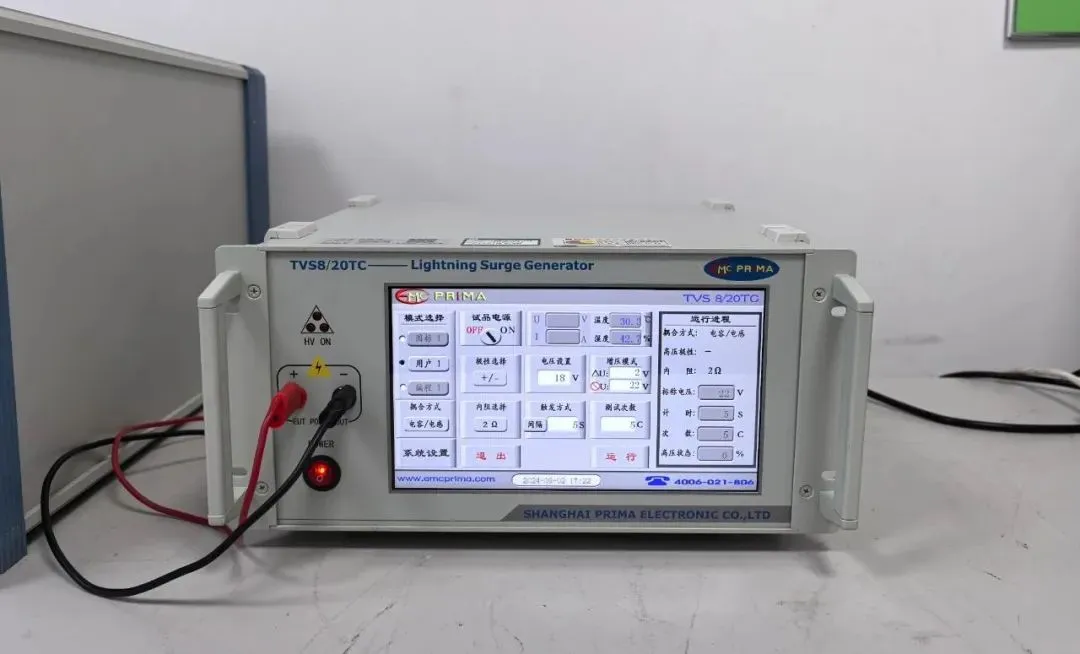 Electronic Products EMC ESD Test
Electronic Products EMC ESD Test
 Bluetooth/WiFi Product FCC ID Certification Proces
Bluetooth/WiFi Product FCC ID Certification Proces
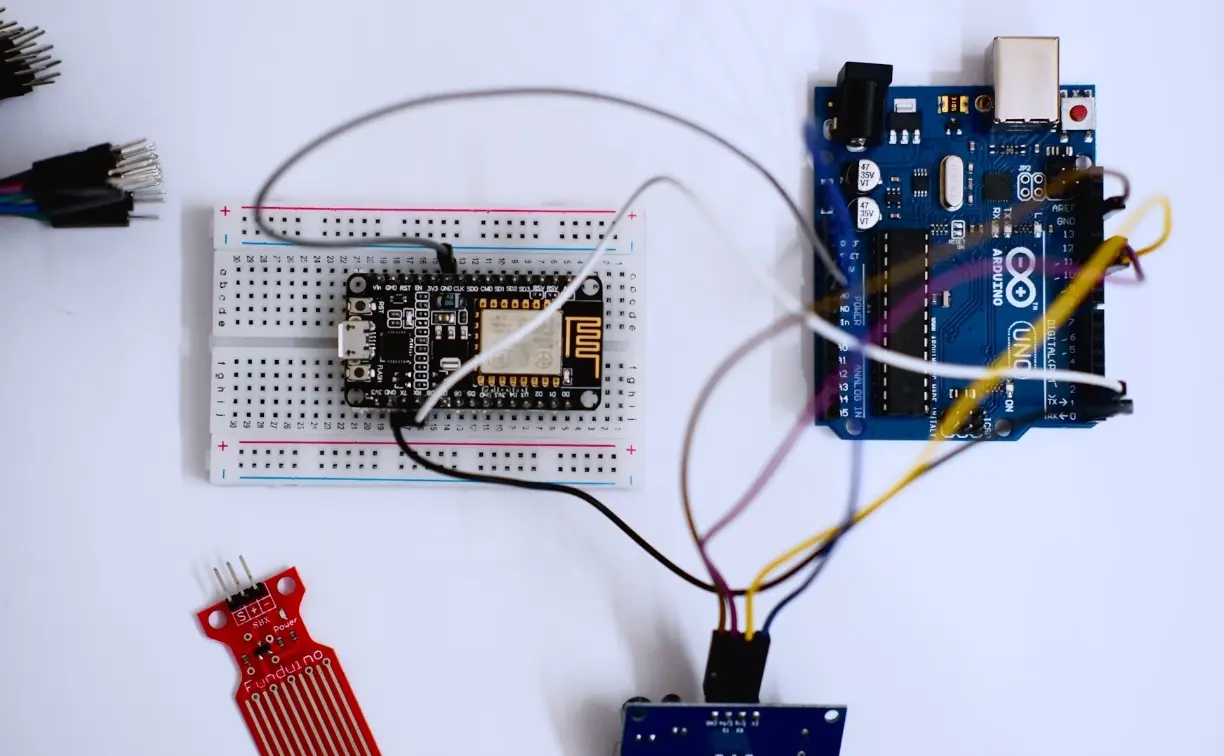 How to Know If My Product Needs Prop 65 Warning
How to Know If My Product Needs Prop 65 Warning
 SVHC Compliance Services
SVHC Compliance Services
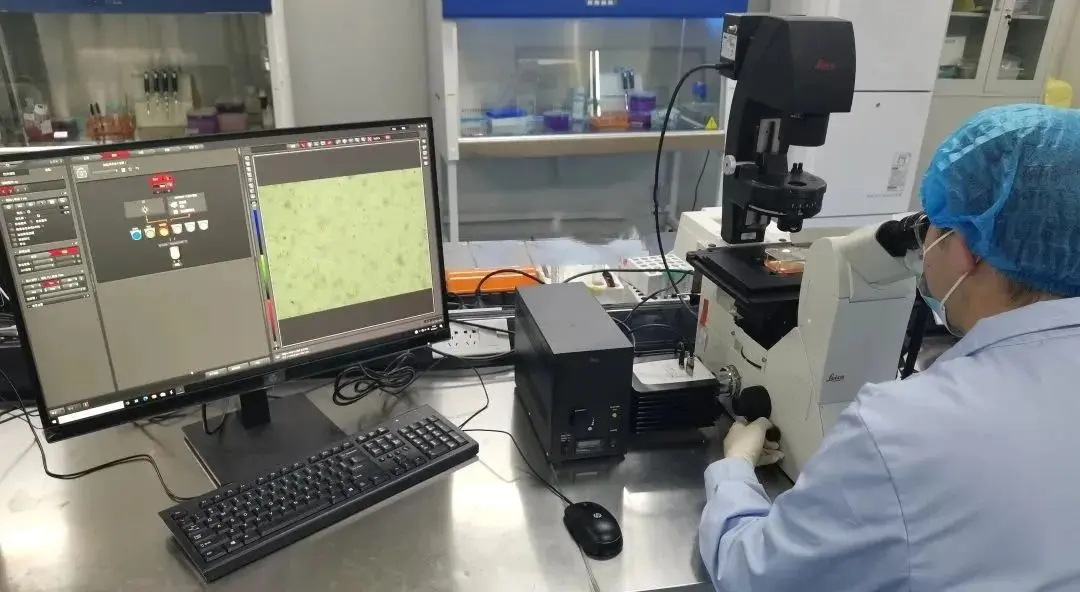 Toxicological Risk Assessments
Toxicological Risk Assessments
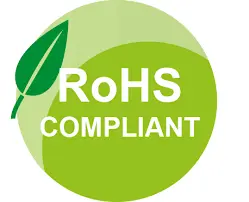 European REACH Requirements for a New Product
European REACH Requirements for a New Product
Leave us a message
24-hour online customer service at any time to respond, so that you worry!




